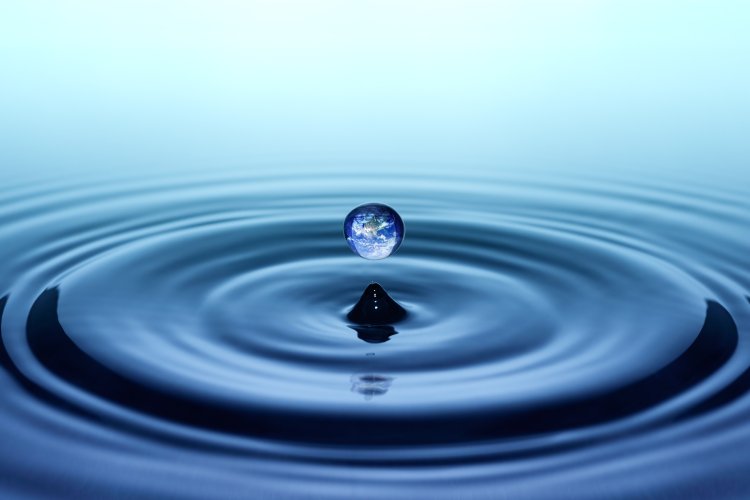According to the UN, more than 2 billion people on the planet do not have access to clean drinking water. According to various data, from 5 to 8 million people a year die after consuming low-quality water and the number of those who fall ill amounts to half a billion.
Industrial plants, oil spills, urban runoffs and agriculture are all contributing to drinking water pollution. Moreover, its reserves are distributed unevenly across the planet: the greatest shortages are noted in China, India, Africa, and the Middle East. Russia, in general, does not experience a severe shortage of drinking water, although there are some particularly dehydrated regions, like Kalmykia.
The industrial development, the reduction of natural drinking water reserves, and the general population growth make scientists look for the new ways of purifying water and develop the old ones. Main methods include adding adsorbents to water, membrane purification, ion exchange, or electrochemical purification.
Through Membrane
Membrane water purification is one of the most popular and advanced processes today. Water flows through semi-permeable porous materials under pressure. Microscopic holes allow water to pass through, while all impurities are retained and removed from the system.
In the 18th century, it was discovered that a solvent spontaneously passes through a membrane. If you take two solutions, one less concentrated and one more concentrated, and separate them with a membrane, the solvent from the less concentrated solution will pass into the more concentrated one. The phenomenon was called osmosis, from the Greek “push” or “pressure.” And in the 60’s scientists discovered the reverse effect – when the pressure in the concentrated solution is increased, the solvent molecules begin to move from the concentrated solution to the diluted one. Thus, the phenomenon of reverse osmosis began to be used for water purification and desalination.
Useful Microbes
Microorganisms can help reduce iron levels in water. Saratov University scientists isolated two microbial strains from soil in Orenburg Region that had been contaminated by industrial emissions.
In two weeks, the bacilli reduced the concentration of divalent iron in the water by more than 30 percent. At the same time, the microorganisms are able to actively reproduce, which is important for the practical application of biotechnology for water purification. Microorganisms are also often used to purify non-potable water from oil. Individual bacteria or fungi are able to decompose the hydrocarbon material.
Cold Boiling
Cavitation is called cold boiling. It is a process where sudden pressure changes in the water release oxygen and hydrogen peroxide, which serve as powerful oxidizing agents. Under their influence, heavy metals change shape and form a precipitate, which is removed with a scraper.
Areas of high and low pressure in the water are formed by high revolutions of special equipment in the liquid. In some sense, it resembles the operation of a giant mixer. Among other things, cavitation is used to desalinate water. One of this method advantages is the possibility to reuse metals that have precipitated during the mixing process.
Make It Safe
Once dangerous impurities and contaminants have been removed from the water, it must be made safe for people. There are different methods of disinfecting water, depending on your goals.
The most popular method of disinfecting drinking water is the use of chlorine and chlorine-containing chemicals. Chlorine is a powerful biocide that is effective against bacteria and dangerous viruses. Chlorine can be administered as a gas, or as sodium or calcium hypochlorite. A significant advantage of chlorine is the longest lasting effect and the ability to kill germs even in stagnant water in the pipes. The disadvantages of the method include an unpleasant taste acquired by chlorinated water.
Ultraviolet radiation also provides a bactericidal effect. Such disinfection is effective against bacteria, polio and rotaviruses. At the same time, ultraviolet light is not effective against worm eggs and other parasites. Unlike chlorination, ultraviolet water treatment does not have a long-lasting effect. Immediately after the treatment is stopped, the microbiological contamination of the water can occur again. Sometimes a combination of different methods, e.g., ultraviolet water treatment and chlorination, is used to ensure safety.
The water ozonation method has also been used for a long time. Not only does it eliminate harmful substances such as metal and chlorine impurities, but it also completely disinfects the water and kills bacteria, viruses, and fungi. Once in the liquid, the gas reacts with impurities of metals that precipitate out. Ozone also penetrates the membranes of bacteria and viruses, killing them by destroying their DNA.
Photo: trutta / ru.123rf.com
Based on forpost-sz.ru, water-filter.by, UN, bwt.ru






















